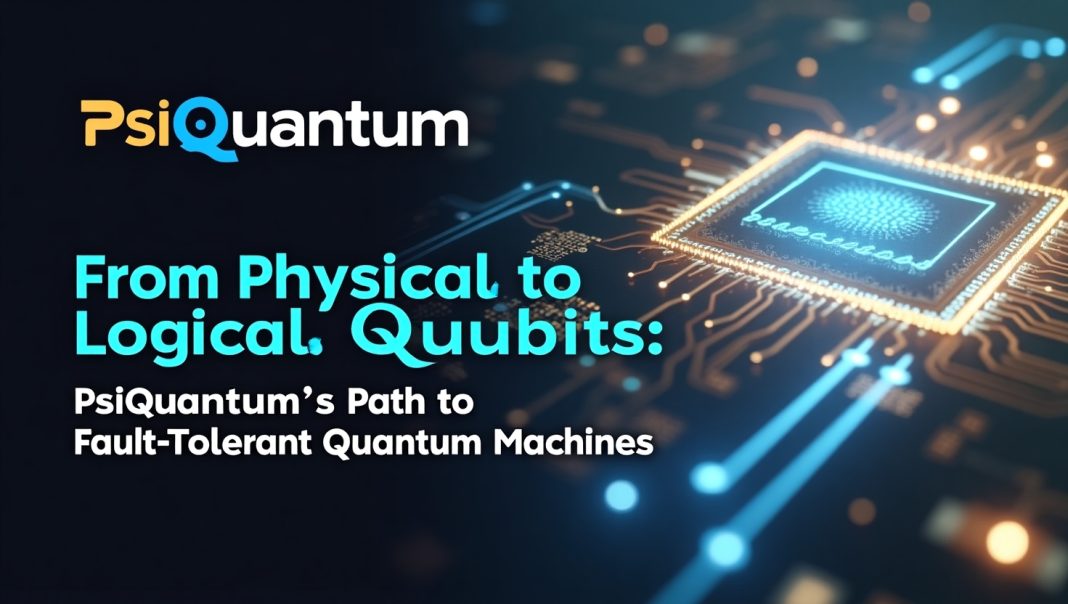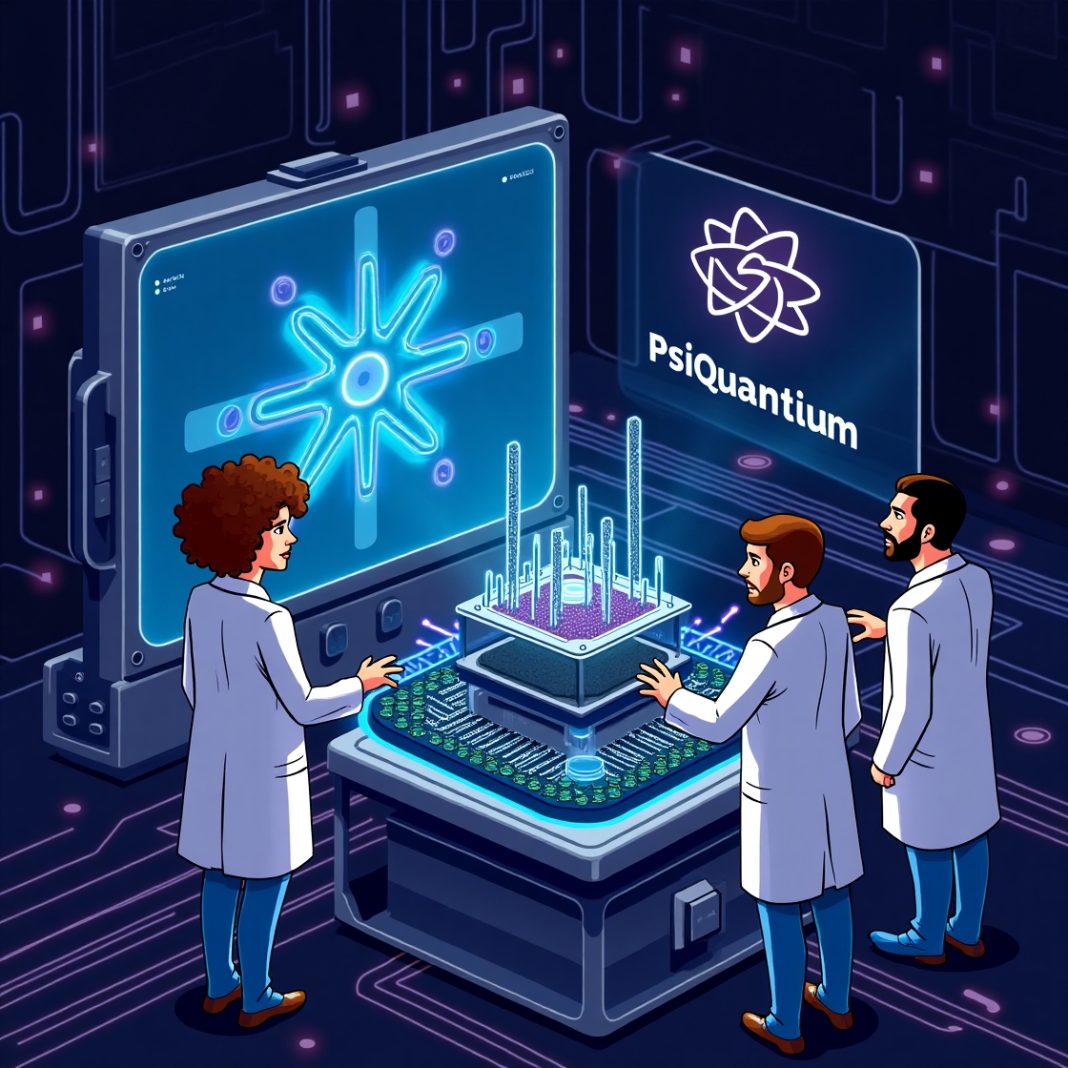Introduction: Why Logical Qubits Are the Holy Grail
Quantum computers today are stuck in the “noisy intermediate-scale” era. They can run small experiments but not yet outperform classical supercomputers in practical tasks. The bottleneck is errors. Each physical qubit—whether it’s superconducting, ion-trapped, or photonic—is fragile. To achieve real-world breakthroughs, companies need logical qubits, which can survive noise through error correction. PsiQuantum’s entire strategy revolves around this transition.
Physical vs. Logical Qubits Explained
A physical qubit is a single quantum system capable of storing a quantum state. However, it decoheres quickly. A logical qubit is an encoded quantum state spread over many physical qubits. This redundancy allows errors to be detected and corrected without disturbing the encoded information.
Key Differences
- Physical qubits: Directly implemented, error-prone, easier to build.
- Logical qubits: Encoded and error-corrected, much more stable, harder to build but essential for large-scale computation.
Why PsiQuantum Is Focused on Logical Qubits First
Most companies show off raw qubit counts. PsiQuantum instead emphasizes the number of logical qubits needed for useful algorithms. Its photonic architecture, built on semiconductor manufacturing, is designed to mass-produce the physical qubits necessary for robust logical qubits.
PsiQuantum’s Three-Step Strategy
- Mass-produce photonic components at established foundries.
- Implement surface-code error correction to stabilize logical qubits.
- Scale up to a million logical qubits to achieve fault-tolerant operation.
This approach mirrors the semiconductor industry’s shift from experimental devices to mass-market chips in the 1970s and 80s.
How Photonics Helps the Transition
Unlike superconducting or ion-trap qubits, photonic qubits can be manipulated at room temperature and transmitted through fiber optics. This makes it easier to interconnect large numbers of qubits—an essential requirement for building the “patches” used in surface codes.
Advantages of Photonic Qubits
- Loss tolerance: Encodings can survive missing photons.
- Scalability: Chips with millions of optical components can be fabricated using existing processes.
- Natural networking: Photons travel through optical fibers, enabling distributed quantum systems.
Real-World Example: Logical Qubit Overhead
Current estimates suggest that thousands of physical qubits are needed for one reliable logical qubit. PsiQuantum’s architecture aims to produce these physical qubits at scale, allowing the overhead to become practical for fault-tolerant machines.
| Aspect | Physical Qubits (Today) | Logical Qubits (Goal) |
|---|---|---|
| Stability | Fragile, short coherence | Stable, error-corrected |
| Required for Algorithms | Hundreds at most | Millions for useful tasks |
| PsiQuantum’s Approach | Mass production | Surface-code logical qubits |
Challenges Ahead
Even with photonics, PsiQuantum faces significant hurdles:
- Single-photon sources: Must be high-quality and uniform.
- Detector performance: Needs ultra-fast, low-noise readout for error correction cycles.
- Optical routing complexity: Managing thousands of channels with minimal loss.
Solving these will be essential to turning physical qubits into functional logical qubits.
The Broader Impact of Fault-Tolerant Machines
If PsiQuantum succeeds, fault-tolerant quantum machines could:
- Revolutionize materials science and pharmaceuticals through accurate simulations.
- Accelerate AI and machine learning with faster optimization algorithms.
- Enable a secure quantum internet using long-distance entanglement.
Conclusion: PsiQuantum’s Bet on Logical Qubits
Moving from physical to logical qubits is the decisive step toward fault-tolerant quantum computing. PsiQuantum’s photonic approach, combined with surface codes and mass manufacturing, could finally make million-qubit machines a reality. If successful, it will open doors to breakthroughs across science, industry, and security.
Related Reading
- Revolution in Quantum Tech: Universal Logic Gate Achieved Inside One Atom
- Quantum AI Software: The Next Frontier in Tech.
- The Quantum Bomb Nobody Sees Coming.
FAQs
1. What is a logical qubit?
A logical qubit is a stable, error-corrected unit of quantum information encoded across many physical qubits.
2. Why do we need so many physical qubits for one logical qubit?
Quantum states are fragile. Redundancy is required to detect and fix errors continuously.
3. How is PsiQuantum different from Google or IBM in this area?
PsiQuantum uses photonic qubits and mass manufacturing to directly target the logical qubit scale, rather than just increasing physical qubit counts.
4. What’s the timeline for fault-tolerant quantum machines?
PsiQuantum hasn’t set a public date, but industry experts estimate late 2020s to early 2030s for large-scale systems.
5. Could photonic systems reduce the cost of logical qubits?
Yes. By leveraging semiconductor foundries, photonic systems could make large-scale error correction economically feasible.




